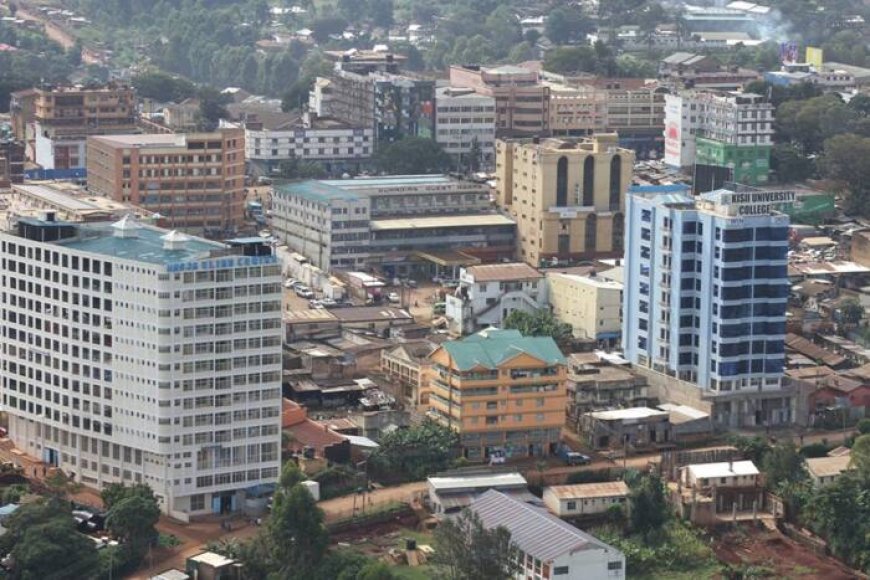Kisii men most preferred for marriage

By Robert Mutasi
A recent study reveals that men from Kisii are the most preferred husbands in Kenya, attracting many women to relocate to the area for wedlock.
The 2022 Kenya Demographic Health Survey (KDHS) highlighted an intriguing fact: 60% of women aged between 15 and 49 chose to move to Kisii for marriage.
The survey, conducted by the Kenya National Bureau of Statistics (KNBS), principally looked at the participants' attributes and explored their reasons for moving.
The study noted that the primary motivations for women's migration were finding work and getting married.
The survey results showed that a large fraction of women from the least wealthy households, specifically 70%, primarily migrated for marital reasons.
Conversely, about half of the women from the wealthiest household segment moved due to job opportunities. According to the survey, half of the women in the 15-49 age bracket are currently married.
This information sheds light on the migration habits and decisions of the study's participants.
Kericho was the second most favoured location for women in search of suitable partners, with a considerable 62% preference rate.
Bomet landed the third spot with 60.3%, while Migori and Siaya were fourth and fifth, having 60.1% and 59.5% respectively.
Interestingly, women showed less interest in marrying men from Kajiado and Nairobi, with only 9.9% and 10.8% respectively choosing to move to these areas for marriage.
On the other hand, Kajiado and Nairobi were the top picks for women seeking job opportunities, with a significant number showing a preference to move to these locations.
Of the surveyed women, half were open to moving to Kajiado or Nairobi to seek employment.
The 2022 KDHS, which is the seventh such survey since 1989, was conducted in collaboration with the KNBS, the Ministry of Health (MoH), and other parties.
The data for the survey was collected from February 17, 2022, until July. A total of 42,300 households were included in the sample, with 25 households chosen per segment.
This led to a total of 1,692 segments across the country, consisting of 1,026 segments in rural areas and 666 in urban areas.
What's Your Reaction?































































































































































































































































































